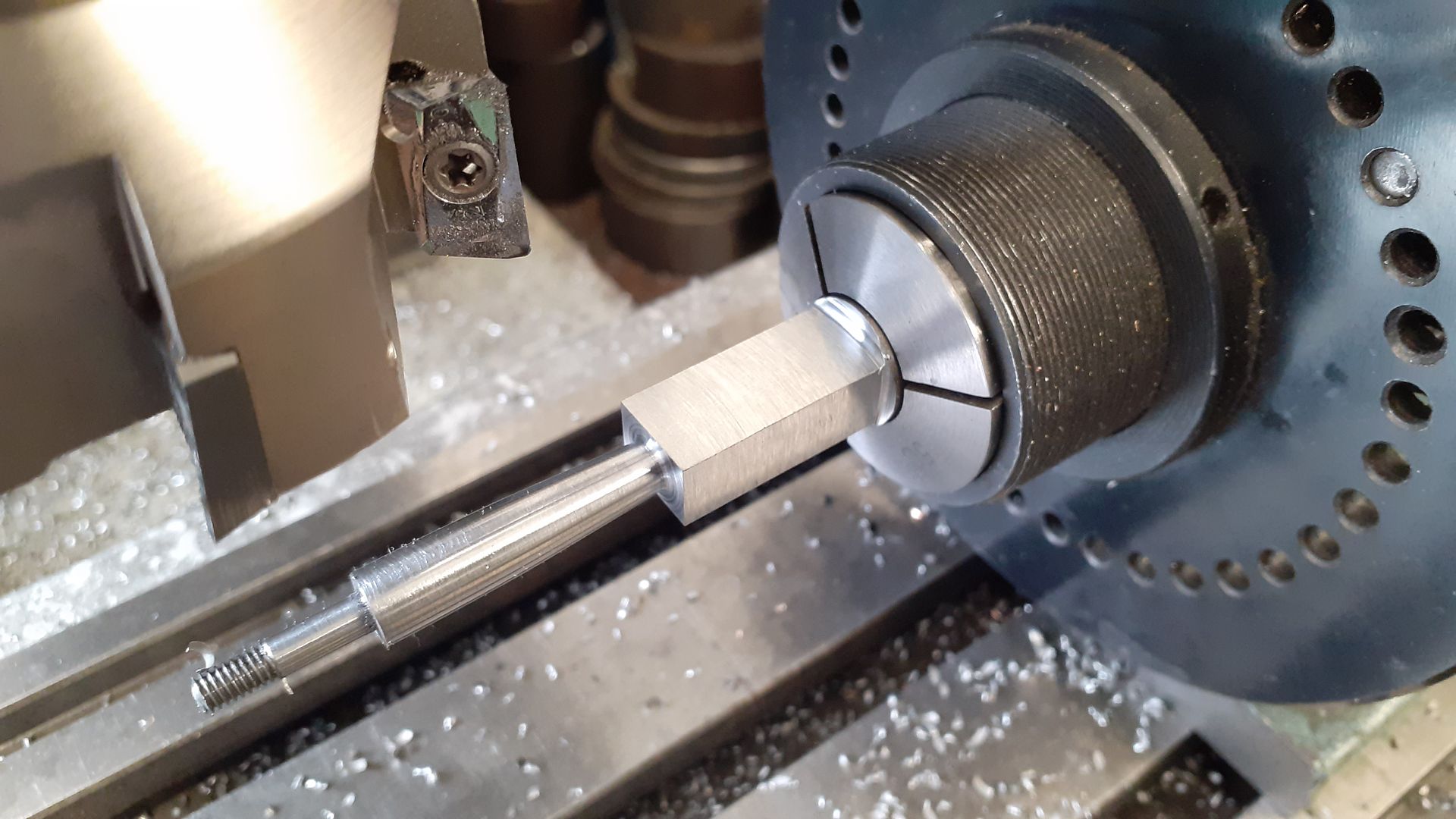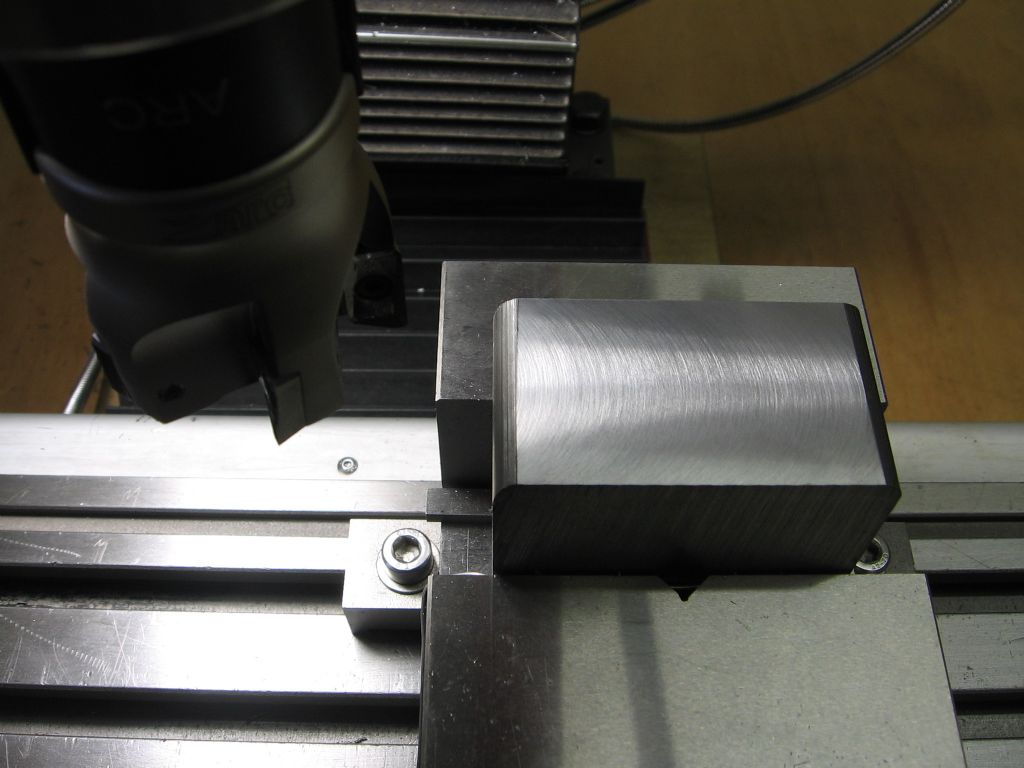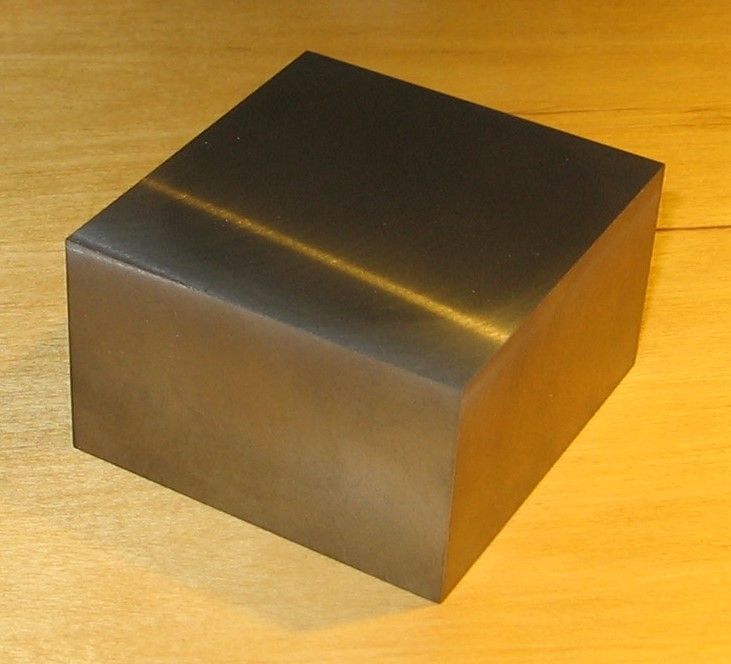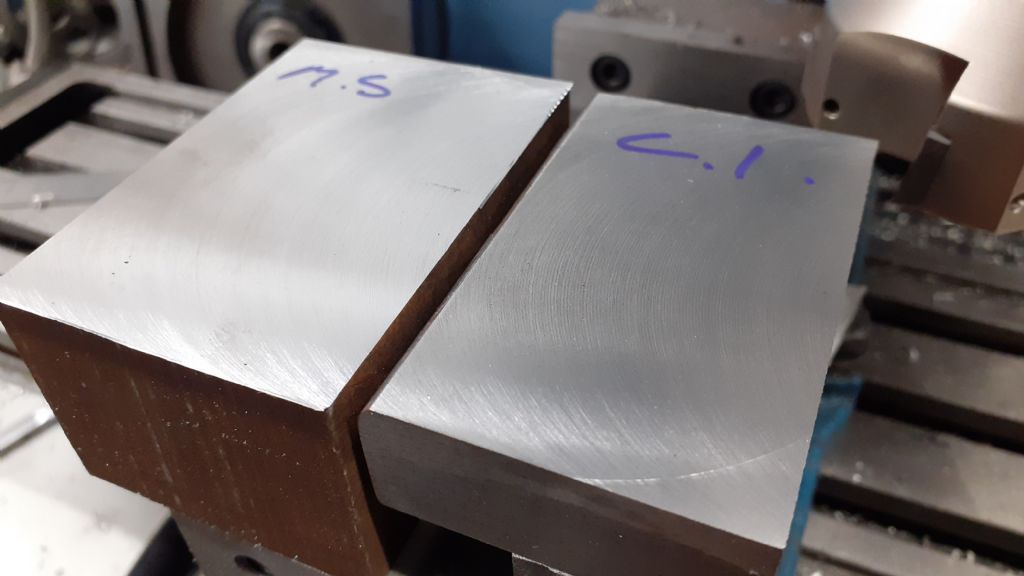Well I got time to have a little play
ARC SX2.7 mill running at 750rpm
ARC 80mm six insert shell/face mill & R8 Arbor
ARC APTK inserts for non ferrous, used not new.
Material GR17 (Grade 250) cast iron 71.5mm width cut
Although there is no cutting data published for this type of insert used on iron similar shaped ones have figures of 120-220m/min cutting speed, the combination above is towards the top end of that at 188m/min.
With the material mounted skin side up I took two cuts of 0.5mm height, the first removed the high side so did not really give a full width cut but machine was quite happy with me feeding at 80mm/min which equates to a chip load of 0.018mm/tooth. Second similar cut did just get upto full width and machine was still quite happy with that cut. The curls of cast iron swarf show that the inserts are cutting and not rubbing
I then took a 1mm high cut and the machine did start to sound as though it was working so I did not push the feed over 60mm/min which equates to a chip load of 0.013mm/tooth. Finish is good considering I'm having to feed one handed as phone is in the other hand which is never going to be the smoothest option.
For those that want to know the MRR then the 0.5mm cuts were taking 0.17cu in/min and the 1.0mm cut worked out at 0.26cu in/min.
So there you have something to go by as a starting point Martin, if it were me I would stick around the 0.5mm depth, possibly feeding a bit faster say 100mm/min or stay with the 80mm and try a little deeper at 0.75mm. I don't think I would be happy running at the 1mm DOC on that wide a workpiece for an extended time.
With no engineering background I give my opinions based on using benchtop machines so don't base things on what has traditionally been done with larger more solid machines equiped with mechanical speed control rather than variable electronic control and suggest what I have found to actually work in practice for me.
 JasonB.
JasonB.







